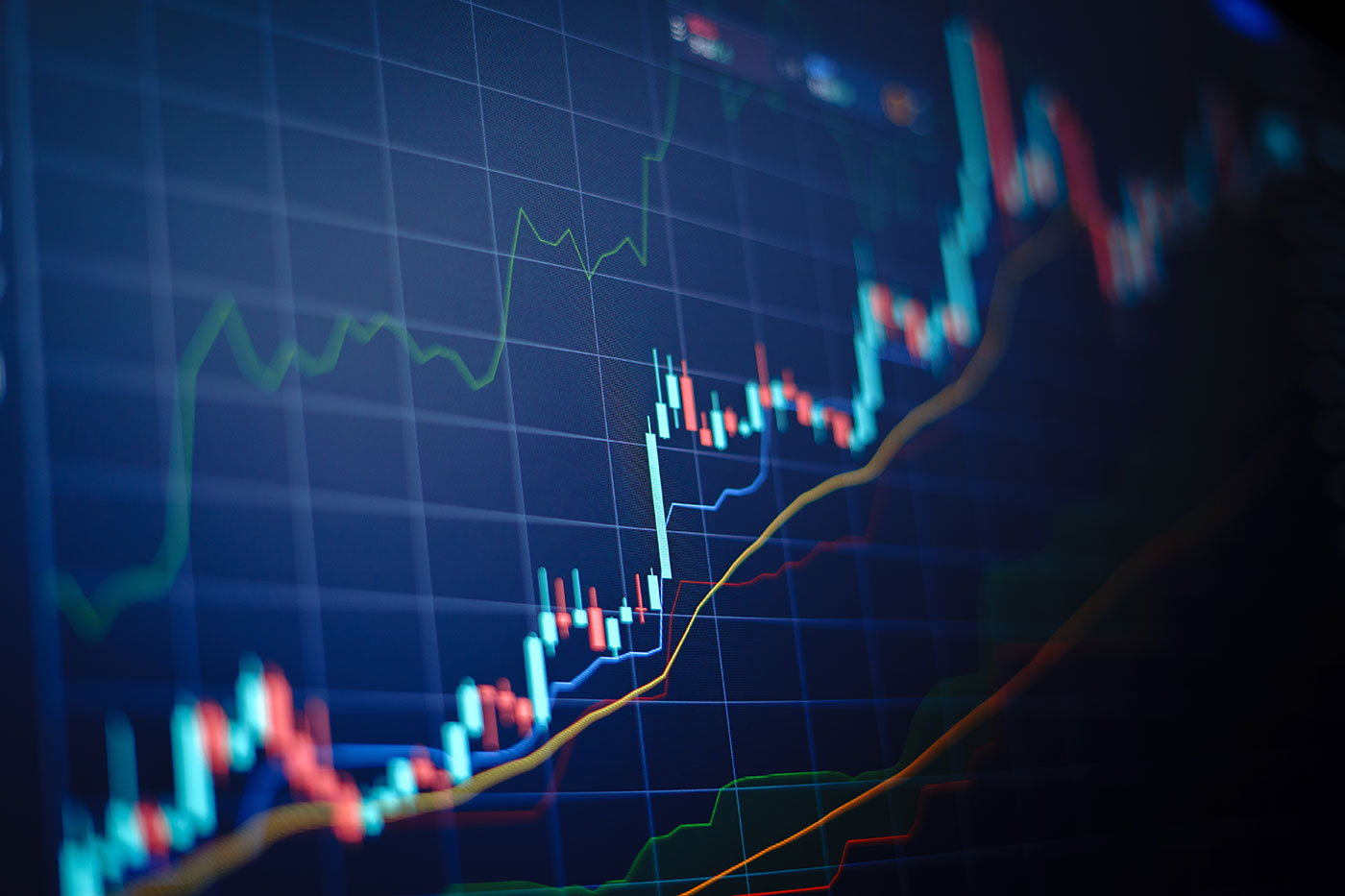[ad_1]
Summary
- Equity investment in dividend-growing securities offers an avenue to potential long-term outperformance but entails an added risk of securities curtailing their dividend payment programs when facing periods of economic duress
- One method of reducing the risks associated with investing in companies that have committed to year-on-year dividend growth strategies is to identify underlying fundamentals associated with successful dividend growth in the recent past and target securities that currently exhibit such qualities
- The Nasdaq Victory Dividend Accelerator Index™ (NQVDIV™) offers a transparent, rules-based approach that aims to identify the underlying fundamentals that allow for the capturing of alpha-generating, long-term exposure through a portfolio of disciplined, resilient dividend-growing securities
- The VictoryShares Dividend Accelerator ETF (VSDA) tracks the Nasdaq Victory Dividend Accelerator Index (NQVDIV)
The Power and Peril of Dividend Investing
Identifying the long-term value of a security is at the heart of all equity portfolio construction, but the method employed varies greatly. While stock valuation models are as diverse as they are numerous, there is no denying the beneficial impact of capital returned to shareholders via dividends. In comparing the long-run returns of equities, the capacity for consistent dividend-paying companies to outperform their larger peer group is made clear.
Such comparisons require an analysis beyond the movement in stock price to include a holistic view of return on investment. By incorporating returns of capital via dividends into the broader investment decision paradigm, investors can unlock the alpha-generating power of securities that adhere to a regimen of consistently growing dividends.
To illustrate the importance of dividends for long-term investors, the chart below compares the 30-year returns of PepsiCo, Inc. (NASDAQ: PEP), with and without including the impact of dividends on returns. Throughout this period, PepsiCo, Inc. unfailingly paid a quarterly dividend while increasing the amount paid every calendar year. The result is a tremendous stock price return made extraordinary with the inclusion of dividends.
As exceptional as those dividend-driven returns may be, paying dividends requires a company to direct capital away from day-to-day operations. For many companies, this paying of dividends does not adversely affect their ability to undertake vital activities such as servicing debt, procuring goods and services, and paying employees. However, all companies are susceptible to cutting or canceling their dividend program when facing significant financial duress. Financial duress can be specific to a company or sector, such as the fallout from the oil supply glut in 2014-2016, or reflective of a wider economic downturn, such as the nadir of the financial crisis in 2008-2009.1,2 The pandemic in 2020 caused severe economic turmoil and uncertainty, resulting in stress on industries across countries consequentially triggering global dividend cuts.3 When companies cut or cancel their dividend program, the result is a significant loss in short-term and long-term shareholder value. The immediate fallout is typically a sharp decline in price. Many companies subsequently take years to stabilize their dividend payment strategies, if indeed they ever do.
1. https://finance.yahoo.com/news/4-major-oil-producers-cut-190507857.html
2. http://www.bankrate.com/investing/what-to-do-when-companies-cut-dividends/
3. https://www.cnbc.com/2021/02/22/220-billion-of-global-dividends-cuts-in-2020-janus-henderson-says.html
The views and opinions expressed herein are the views and opinions of the author and do not necessarily reflect those of Nasdaq, Inc.
[ad_2]
Image and article originally from www.nasdaq.com. Read the original article here.

